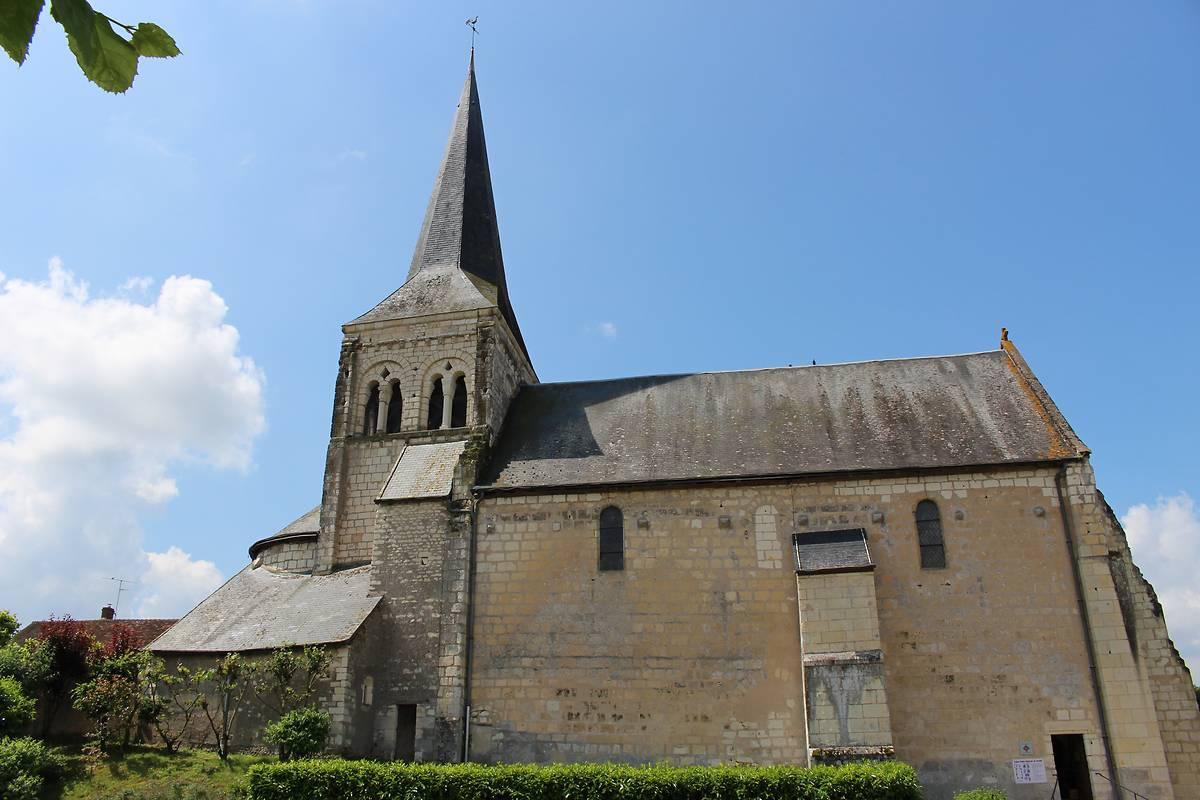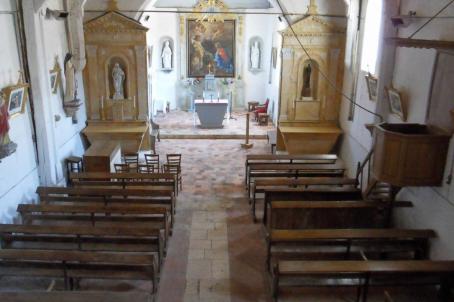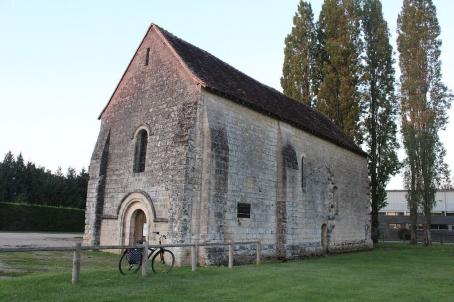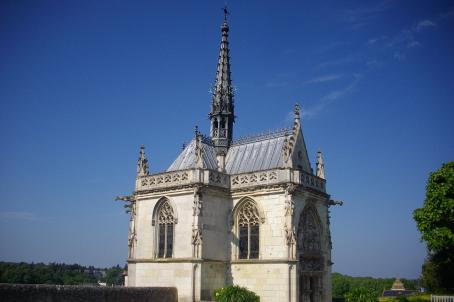Church of Saint-Saturnin
Saint-Saturnin church, listed in the Supplementary Inventory of Historical Monuments, is located in Pouillé. The church has a single nave that ends in a choir with a bell tower and a semicircular apse. The belfry has a perforated floor with twinned bays, whose columns are cushioned by carved capitals. A sacristy was added in the nineteenth century. There is a 16th century painting from the Italian school that depicts the martyrdom of San Sebastián.
About this building
The Saint-Saturnin church, listed in the Supplementary Inventory of Historical Monuments, is located in Pouillé, in the Center-Val de Loire region.The church was dedicated to Saint Saturnin, the first bishop of Toulouse, who lived in the 2nd century AD. The origin of the building dates back to the 10th or 11th century. The nave was rebuilt in the twelfth century, and a new door, opposite the previous one, allows access to the church from the south.
In the sixteenth century, the church structure, which was until that point visible, was masked by a paneled vault and the west gable was also modified: a bay was added at the top and two flat Romanesque style buttresses were reinforced by the construction of two massive retreating buttresses. The church has a single nave that ends in a choir with a bell tower and a semicircular apse. The square belfry has a perforated floor of twinned bays, whose columns rest on carved capitals. A sacristy was added during the nineteenth century. Inside, there is a 16th century painting from the Italian school, depicting the martyrdom of San Sebastián.






